
The Best Cold Hardy Plants for Any Winter Garden
Published: 06/12/2023 | Updated: 06/12/2023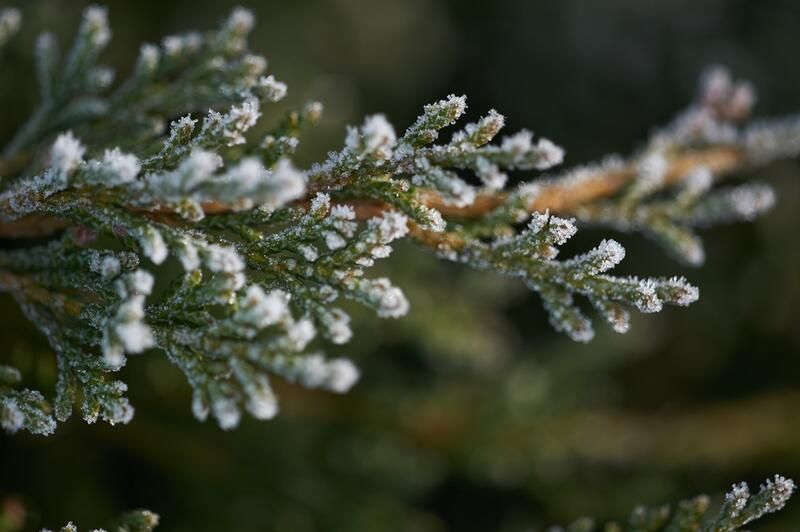
Nothing beats a nice hot chocolate on your patio once that cold weather hits, it would be even better if instead of a dead yard out back you had a luscious, colorful winter wonderland. It may sound a bit strange, but you can achieve a gorgeous garden even in cold climates. Hardy plants are the key to keeping beauty up year-round! And there are so many of them! Let's get into it!


Knowing which plants thrive in cold climates and can withstand frost is essential before it gets chilly. Here are some of the best choices for perennials that can withstand freezing temperatures along with temperature dips and be counted on to survive at least one polar vortex and bounce back in the late spring.
How Extreme is Your Cold Weather?
Which plants will thrive where you live will depend on how harsh the winters are predicted to be. To help with that, the US Department of Agriculture developed a system of areas known as USDA hardiness zones based on the typical lowest temperatures in North America. The likelihood of it becoming colder in that zone increases with a lower number.
Additionally, plants are rated for hardiness zones to make your plant purchasing even simpler. A peach tree thrives in zones 4 through 8 (most of the continental US, except some of the most northern and southern parts), and a lemon tree is recommended for zones 8 to 11 (mostly the South and parts of the West Coast), and a Fuji apple tree is recommended for zones 5 to 10 (most of the continental US). Check out the detailed USDA Hardiness Zone map on their website.
When it comes to picking plants, it's important to pick plants based on more than just your USDA hardiness zone. If you check local nurseries and gardeners, you'll find a lot of information about what thrives in your region vs what doesn't. Local specialists are always more knowledgeable about microclimates in your area as well as different gardening difficulties.
Healthy plants always depend on a large variety of factors, including but not limited to, soil type and pH, moisture levels, temperatures, and sunlight.
Here are a few strategies for dealing with winter's challenges that will hold even in the coldest, snowiest of seasons.
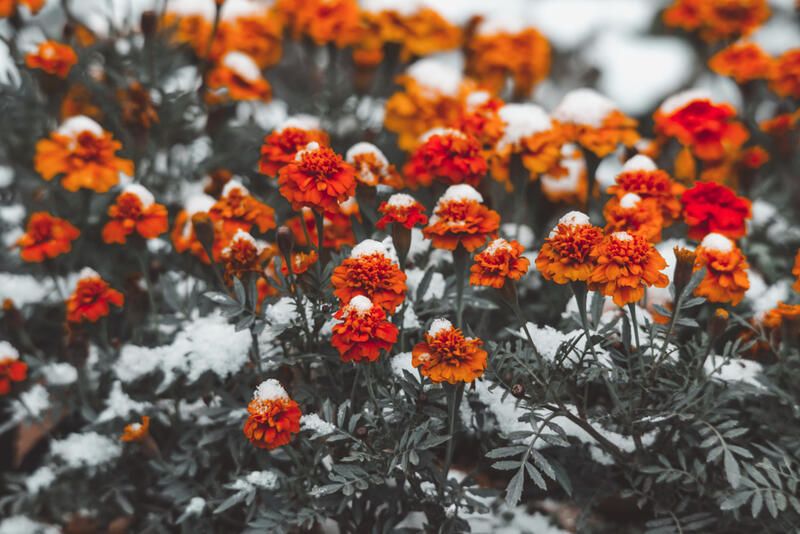
Plants That Survive Extra Cold Climates
Sedum
Are you looking for a tough creeper or a tall, colorful plant for the back of the border? Look no further than the sedum genus, which has both upright and low-growing varieties. The Sedum is a pretty hardy plant that can withstand both frigid winters and scorching summers (or a cool late summer). Additionally, they are drought-tolerant perennials, making them excellent choices if rainfall is scarce where you live.
-
Garden Tip: Delay cutting down tall sedums' dead flower stalks until the following spring. By peeking through the snow, they'll give your winter garden some interest.
-
Known as Artemisia schmidtiana (Sedum)
-
They prefer full sun to partial shade and medium moist, well-drained soil is ideal for growing plants.
-
They can grow up to 2 feet high and wide.
-
Thrives in zones: 4-8
Siberian Iris
Siberian iris, which is indigenous to northern Turkey and Russia, doesn't mind when it gets colder than 0 degrees. This dependable perennial puts on a stunning spring floral display with blossoms that are blue, purple, lilac, yellow, or white. After it blooms, it also grows large clumps of strap-like, dark green leaves that add to its long-lasting attractiveness.
-
Often known as Iris sibirica
-
They prefer full sun to partial shade and medium moist, well-drained soil is ideal for growing plants.
-
Size: 3 feet broad and up to 4 feet tall.
-
Thrives in zones: 3-8
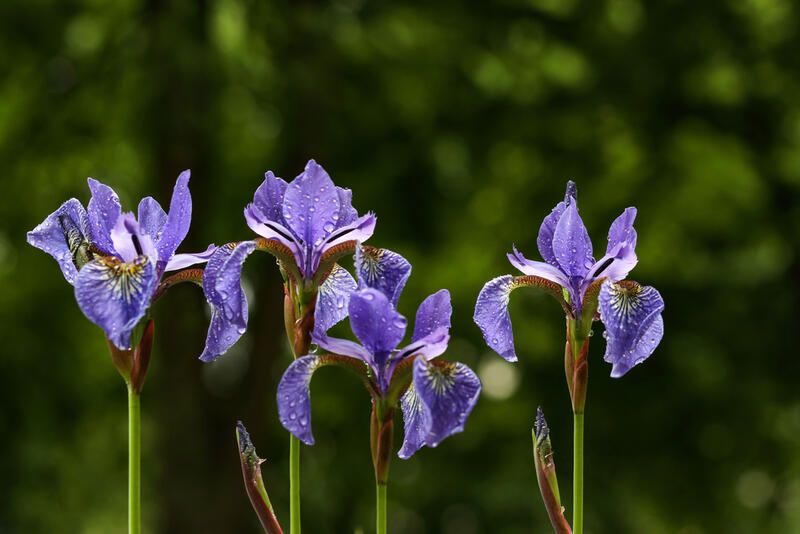
Hostas
Your shade garden's foundation is made out of hostas. Hostas don't seem to mind the chilly weather; they just keep getting better and better every year. These hardy perennials are a lot of fun to mix and match in your garden because they come in an almost limitless variety of sizes, colors, and shapes. Additionally, they pair well with other shade-loving plants like astilbe, deadnettle, barrenwort, coral bells, and bleeding heart.
-
Like to be grown partially in the shade in consistently moist, well-drained soil
-
Size: up to 30 inches broad and 18 inches tall.
-
Thrives in zones: 3-8
Hydrangea
These gorgeous flowers can survive in different zones depending on the variety. This perennial plant has lengthy blooms and can completely alter its chemical composition. Now the crazy part is, its blossoms can change color depending on the chemistry of the soil it is planted in!
-
They prefer part shade with fertile, well-drained soil that receives a lot of moisture.
-
Hydrangeas have a lot of varieties; some grow about 2 to 3 feet tall and wide while others can grow up to 6 feet tall and wide.
-
Thrives in zones: 3-7
Peony
Peonies are a reliable source of a springtime color carnival for northern gardeners. These plants can withstand harsh winters that last for months. You should have no trouble locating one or more peonies that blend in with the rest of the design of your garden because they come in a wide range of bloom shapes and hues.
-
Garden Tip: In the winter, cut the dead peony foliage right back to the ground. In this manner, the upcoming spring foliage won't have to push through the fallen leaves from the previous year.
-
Commonly known as Paeonia
-
They prefer full sun to partial shade and medium moist, well-drained soil is ideal for growing plants.
-
They can grow 3 feet tall and width maximum
-
Thrives in zones: 3-8
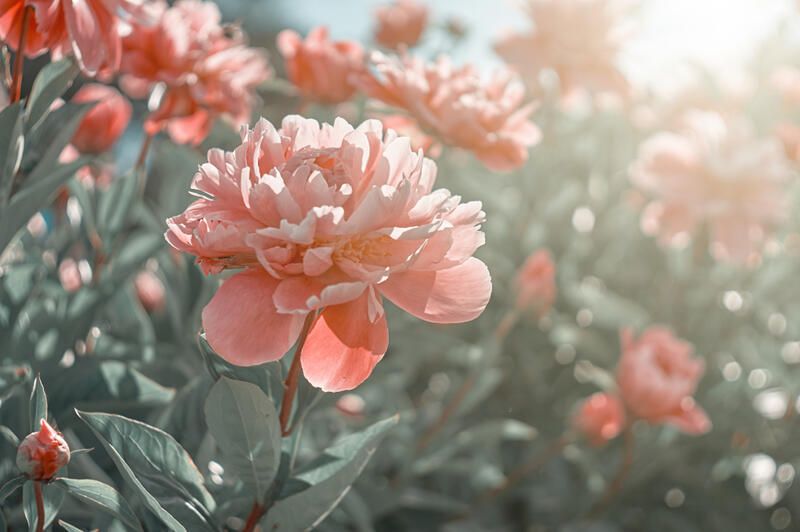
New England Aster
Infuse your yard with plenty of New England asters to keep the color throughout the fall. These low-maintenance natives bloom right when other perennials in your yard begin to wilt. Asters from New England are a well-liked source of nectar for the annual migration of monarch butterflies south. Asters, which come in pink and purple hues, look great with chrysanthemums and decorative grasses.
-
Garden Tip: To avoid asters from toppling over under the weight of the snow, trim the long stems back to the ground after they have finished blooming. The plant will remain cleaner and healthier in the spring as a result.
-
Known as Symphyotrichum novae-angliae
-
They prefer growing conditions with full sun and medium-moist, well-drained soil is ideal for growing plants.
-
They can grow up to 6 feet tall and 3 feet wide
-
Thrives in zones: 4-8
Lady's Mantle
This particular perennial flower is arguably the least exciting of all the cold-hardy ones we've covered so far. For flower baskets, a lady's mantle works well as a ground cover or filler.
But you shouldn't expect the colors to blow you away. If you provide it with the right growing conditions, it will naturally reseed and spread slowly. Lady's mantle could be useful if you need something to fill in the spaces between some of the other flowers mentioned on this list.
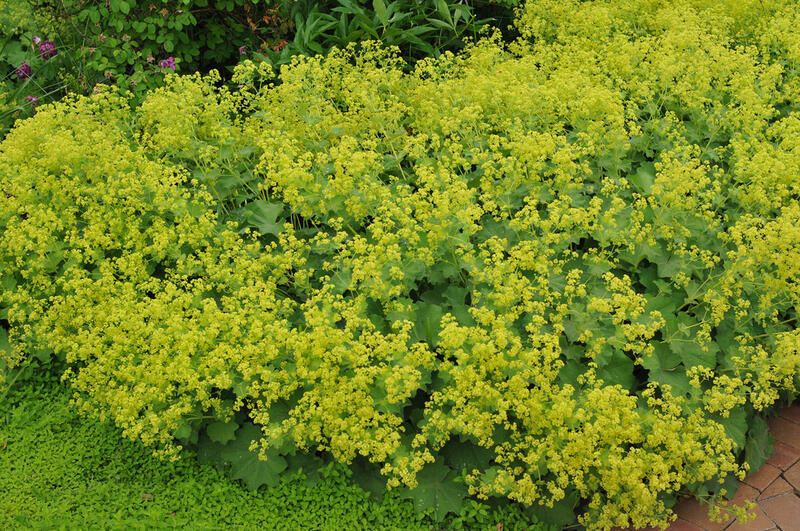
Baptisia (False Indigo)
Baptisia, once established, can endure for many years. This resilient native of the prairie, often known as false indigo, has attractive gray-green foliage that is crowned in May with clusters of blue, purple, white, or yellow flowers. Because of its prairie roots, Baptisia can withstand both intense summer-long heat and bitterly cold winters. If you want a quicker bloom display, choose the biggest plants you can locate because this perennial grows slowly.
-
Garden Tip: Plant baptisia in your garden in the early spring because it can be a bit finicky when transplanted. In this manner, the plant will have plenty of time to establish a robust root system before the onset of the summer's heat.
-
Growing conditions include dry to moderately moist, well-drained soil with full sun to part shade.
-
They can grow up to 4 feet tall and wide
-
Thrives in zones: 3-9
Bleeding Hearts
These plants are more than just an interesting name! Although they sound a bit weak and also tend to look frail with their pink blossoms in the shapes of hearts, they are far from that. These flowers are pretty hardy and wither away winter after winter. This means you can cultivate them in even the coldest of temperatures.
-
They prefer light shade in cooler climates with well-drained soil that contains a thick layer of organic matter (like mulch).
-
They grow to about 3 feet tall and wide.
Catmint
Catmint is a fantastic, hardy substitute for lavender or lavender variants because of its beautiful purple coloration and fragrant nature. Additionally, this blossom is particularly tough. It can withstand partial sun, dryness, and even poor soil conditions in addition to being deer resistant.
Lily of the Valley
The lily of the valley is a hardy plant, despite how delicate it appears to be. It is an excellent choice for a location that only receives partial sunlight because it can tolerate shade. The plant is also resistant to deer and other animals due to its poisonous nature.
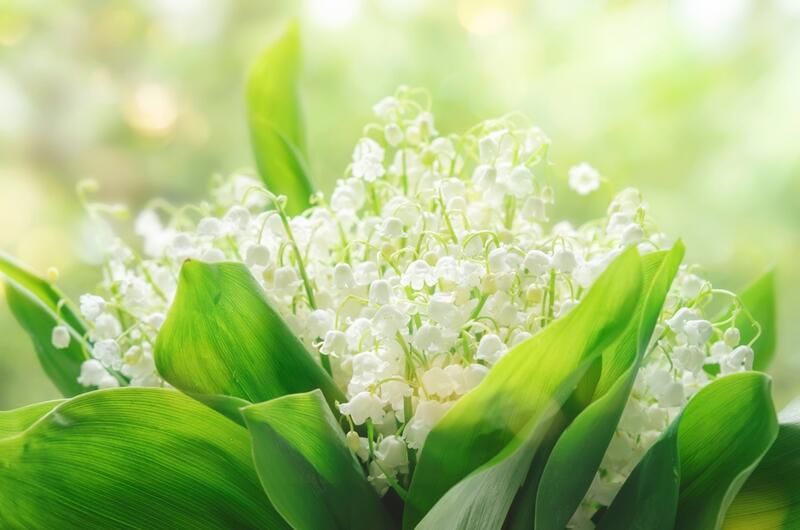
Native Winter Plants
If you're seeking for plants that can survive the winter there, why not look to species adapted to your specific environment? For thousands of years, native plants have flourished in their historical habitat. This suggests that local wildlife has survived each winter, even the most severe ones in recorded history.
Native plants can be harder to discover than their occasionally more flashy decorative relatives, so if you want to find them, local conservation organizations are a great place to start. It comes as no surprise that these decisions frequently favor those that benefit birds. The National Wildlife Federation can help you choose plants that are good for butterflies.
In addition to serving as food for animals, especially pollinators, as is usually claimed for native plants, they can also be very beautiful. Even if all you desire is a pretty set of flowerbeds, native plants can provide you with what you need while enduring winter after winter.
Winterizing Perennials
Most perennials begin slowing down and hibernating in the fall in preparation for the colder months. We demonstrate how to winterize perennials so they will reappear in fine condition the following spring. When the weather warms up again, a little work done during the wonderful autumn days will prepare you for a rich, healthy perennial garden. But resist the urge to begin winter preparations too soon. Wait until the weather is consistently chilly and the growth of the plants has mostly stopped. Then, employ these suggestions to prepare your perennials for a protracted winter's snooze.
-
Take Stock
-
Remove Weeds
-
Water Well
-
Clean up damaged, dead or diseased foliage
-
Mulch Perennials Selectively
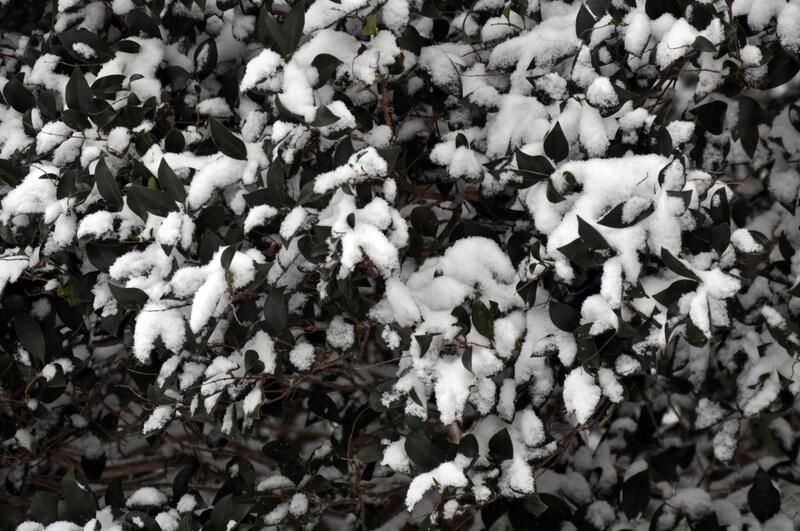
Get Planting in Early Summer!
To ensure all your plant babies are in bloom in time for winter make sure you plant them as early as possible or before temperatures dip (early spring or early summer). Try to avoid any heat when planting your hardy plants. Most hardy plants require little care anyways so you should be able to plant a good variety before the cold climate hits! Now let's get planting!


